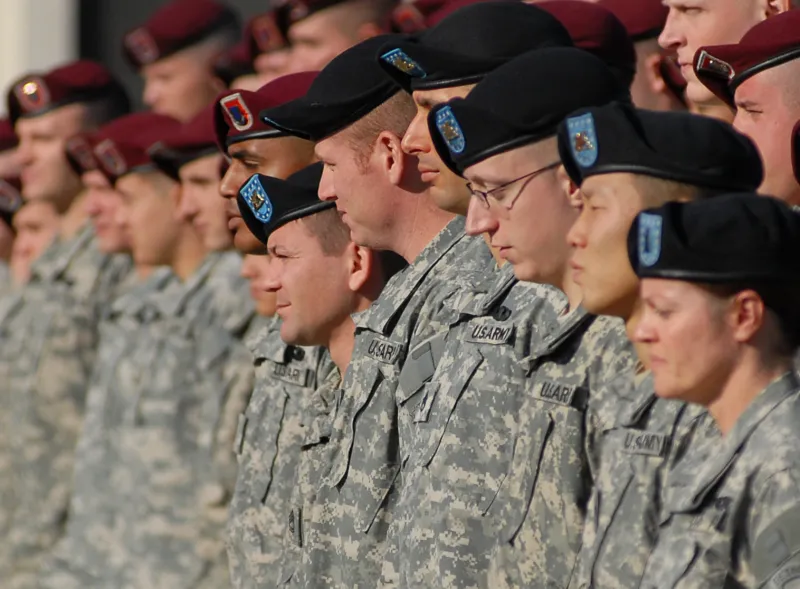
Washington, D.C. Newsroom, Dec 5, 2022 / 17:00 pm (CNA).
Republicans in Congress, including House Minority Leader Kevin McCarthy, have vowed to hold up the vote on the National Defense Authorization Act (NDAA) to force an end to the U.S. military’s COVID-19 vaccine requirement.
“We will secure lifting that vaccine mandate on our military,” McCarthy said in an interview on Sunday.
All military personnel are currently required to receive the COVID-19 vaccine according to an August 2021 policy set forth by United States Secretary of Defense Lloyd Austin. Though the policy does include an avenue for service members to request medical and religious accommodations, some Republicans in the House and Senate blame the military’s low recruitment on the COVID vaccine mandate.
Now, a number of Republicans are threatening to hold up the NDAA’s passage until Congress requires the DoD to reverse its COVID vaccine policy. The NDAA is a must-pass bill due for a vote this week.
“Our recruiting goals are way short. The conflict in the world is getting worse, not better. We need more people in the military, not less,” Sen. Lindsay Graham of North Carolina stated on Nov. 30.
In a Wednesday news conference, seven Senate Republicans, including Graham, Sen. Rand Paul of Kentucky, and Sen. Ted Cruz of Texas, promised to fight the military’s COVID vaccine requirement.
“(We) will not vote to get on the NDAA — the defense authorization bill — unless we have a vote on ending this military vaccine mandate,” Paul stated during the conference.
On the House side, McCarthy hopes to make ending the military’s vaccine requirement “the first victory of having a Republican majority.”
“I’ve been very clear with the president … And we’ve got something that Republicans have been working very hard, and a number of Democrats, too, trying to find success … And now we’re going to have success,” McCarthy said Sunday.
When asked to clarify if he meant that the military vaccine requirement would be lifted, McCarthy replied: “Yes, it will. Otherwise, the bill will not move.”
Some key Democrats have signaled they are open to the idea of lifting the military’s COVID vaccine mandate.
Democratic Chair of the House Armed Services Committee Adam Smith stated on Saturday: “I was a very strong supporter of the vaccine mandate when we did it … But at this point in time, does it make sense to have that policy from August 2021? That is a discussion that I am open to and that we’re having.”
Speaking for President Joe Biden, Security Council spokesman John Kirby signaled the White House’s opposition to lifting the military’s COVID vaccine requirement. Kirby said Monday that “Secretary Austin’s been very clear that he opposes the repeal of the vaccine mandate and the president actually concurs with the secretary of defense.”
If you value the news and views Catholic World Report provides, please consider donating to support our efforts. Your contribution will help us continue to make CWR available to all readers worldwide for free, without a subscription. Thank you for your generosity!
Click here for more information on donating to CWR. Click here to sign up for our newsletter.





“(We) will not vote to get on the NDAA — the defense authorization bill — unless we have a vote on ending this military vaccine mandate,” Paul stated during the conference.”
.
The way I read this is they simply want a vote on keeping it or not, so I suspect they will vote on it, the requirement will remain, and then NDAA get’s re-authorized.